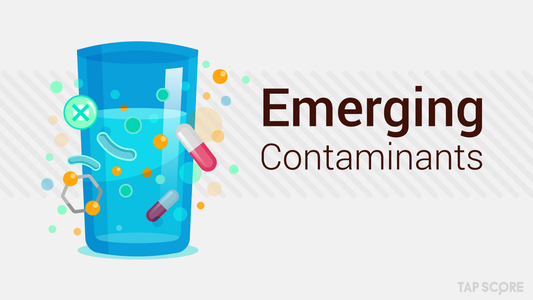
PFAS in Drinking Water: Everything You Need To Know
This ultimate contaminant guide to PFAS in drinking water includes exposure risks and health impacts, as well as PFAS testing and filtration solutions.

This ultimate contaminant guide to PFAS in drinking water includes exposure risks and health impacts, as well as PFAS testing and filtration solutions.

If you live near agriculture, should you be worried about your drinking water? We’ll explore contaminant risks as well as how to best test and treat well water.

Long-term exposure to DBPs like TTHMs and HAA5/HAA9 in drinking water can contribute to major health risks—including bladder cancer. Learn more about their potential risks

Worried about contaminants in your tap water that might cause cancer? Laboratory water testing is the best way to learn about carcinogenic drinking water contaminants

Testing for PFAS in your home's drinking water? Learn how laboratories test for PFAS in water and how to carefully collect your sample.

Learn about toxicology and its role in water testing.

Given the 80,000+ chemicals out there, it's no surprise that there are many we just don't know much about. "Emerging contaminants" enter drinking water in a variety of ways. But...

Should you be worried about HAA5/HAA9? Learn about haloacetic acids (HAA5/HAA9) and what they are doing in your drinking water. Everything from potential health risks to how to filter them...